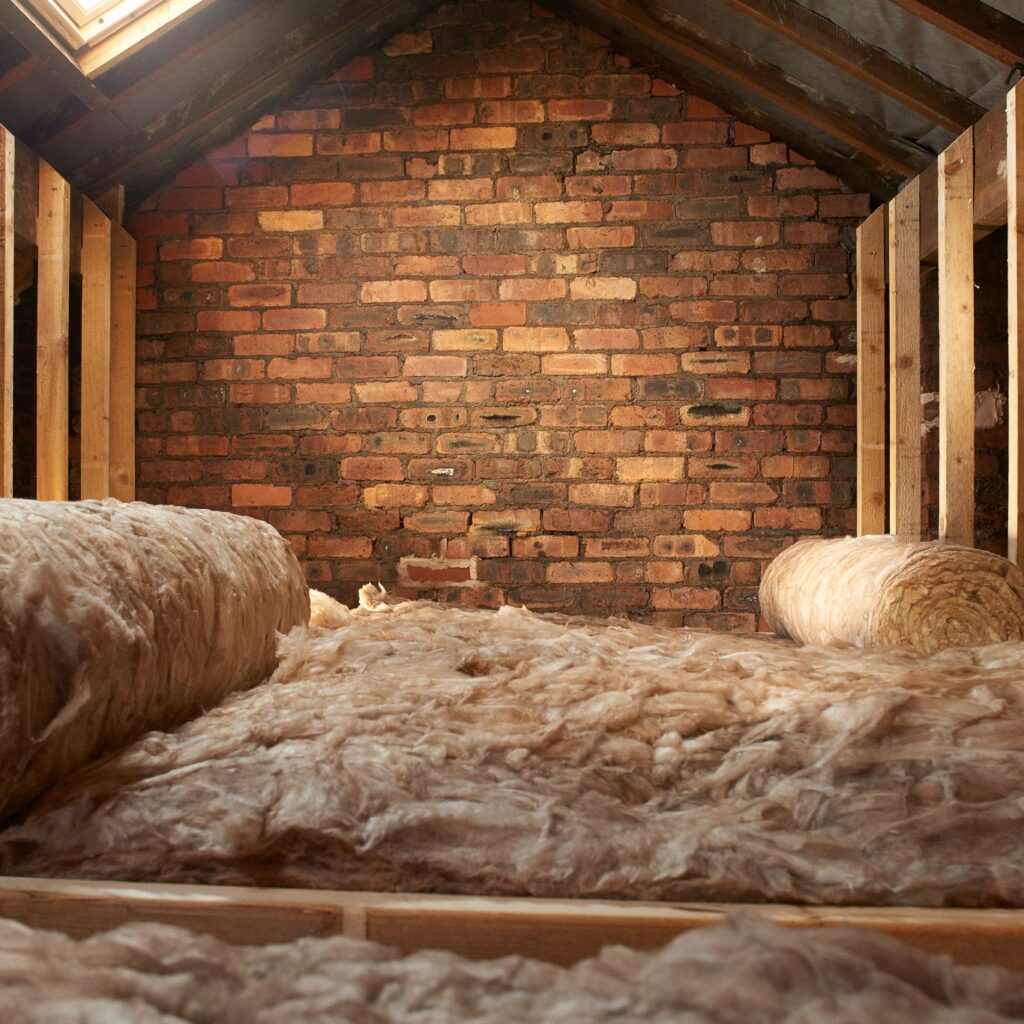In today’s world, it is becoming increasingly important for individuals and businesses to make sustainable choices. One area that often gets overlooked when it comes to sustainability is home insulation. Many homeowners opt for traditional insulation options such as fiberglass or cellulose without considering more eco-friendly alternatives. In this blog post, we will discuss the benefits of eco wool insulation and compare it to traditional insulation, helping you make a more sustainable choice for your home.
First, let’s introduce my company – H & J Energy Solutions LTD, a Warrington-based home insulation specialist. Our services include EPS beading insulation, loft insulation with eco wool, and spray foam insulation removal. At H & J Energy Solutions, we are committed to providing sustainable and energy-efficient solutions to our clients, and we strongly believe that eco wool insulation is the way forward.
But what exactly is eco wool insulation?
Eco wool insulation is a type of insulation that is made from natural and renewable materials. These materials can range from recycled fibers to sheep wool. The insulation is designed to be eco-friendly, and it offers many benefits over traditional insulation options.
One of the main benefits of eco wool insulation is its sustainability. As the name suggests, this type of insulation is eco-friendly, as it is made from natural and renewable resources. This means that it has a lower carbon footprint compared to traditional insulation options, making it a more sustainable choice for environmentally conscious homeowners.
In addition to its sustainability, eco wool insulation also offers superior performance. Unlike traditional insulation, which can often settle over time and lose its effectiveness, eco wool insulation maintains its performance for a longer period. This is because it is made from denser materials that are not affected by gravity over time.
Moreover, eco wool insulation is more versatile than traditional insulation options. It can be used in a variety of home insulation applications, including in walls, attics, and crawl spaces. It is also easy to install, making it a convenient choice for homeowners and insulation specialists alike.


